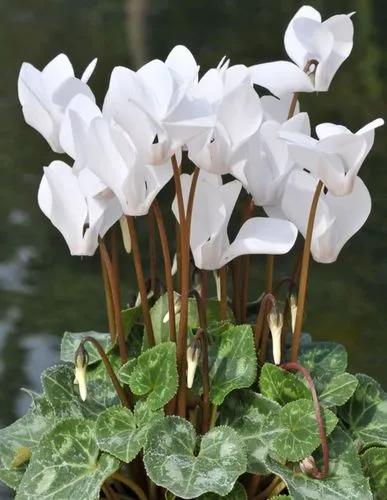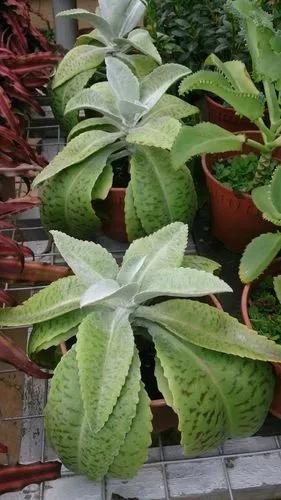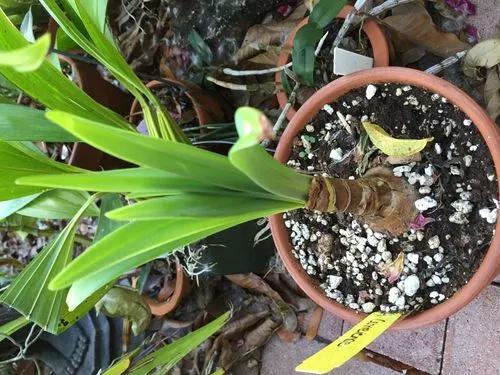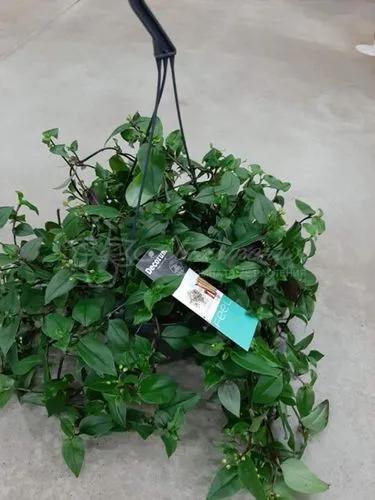I. pandurata is a twining and scrambling vine that can reach 30 ft (9 m). The stems are usually hairless and bear alternate, olive-green, cordate leaves, about 6 in (15 cm) long, with long, purple-tinged petioles. The flowers develop in the axils of the leaves in groups of one to five. The sepals are light green and hairless, and overlap one another. The flowers are tubular, white with a pinkish or purplish throat. The corolla is five-lobed, some 2.5 to 3 in (6.4 to 7.6 cm) long and wide.
Ipomoea Pandurata Care
Ipomoea Pandurata
Other names: Man Of The Earth, Wild Potato Vine, Manroot, Wild Sweet Potato, And Wild Rhubarb



What is the plant
How to Care for the Plant

Water

Once per week.

Fertilizer

You can fertilizer the plan every spring using a general, all-purpose mixture.

Sunlight

Best grown in full sun to part shade.
Ease your plant care routine with PlantIn's personalized system.

Soil

Perform well in most types of soil.

Temperature

Ideal temperatures should be approximately 65-75ºF + (18-24ºC +), closer to 70ºF is best.

Container

Use ceramic pots that are porous which means your plants are less likely to experience root rot from overwatering.
Ease your plant care routine with PlantIn's personalized system.

Popularity

94 people already have this plant 8 people have added this plant to their wishlists
What's wrong with your plant?
Related Plants
Discover more plants with the list below
Popular articles






